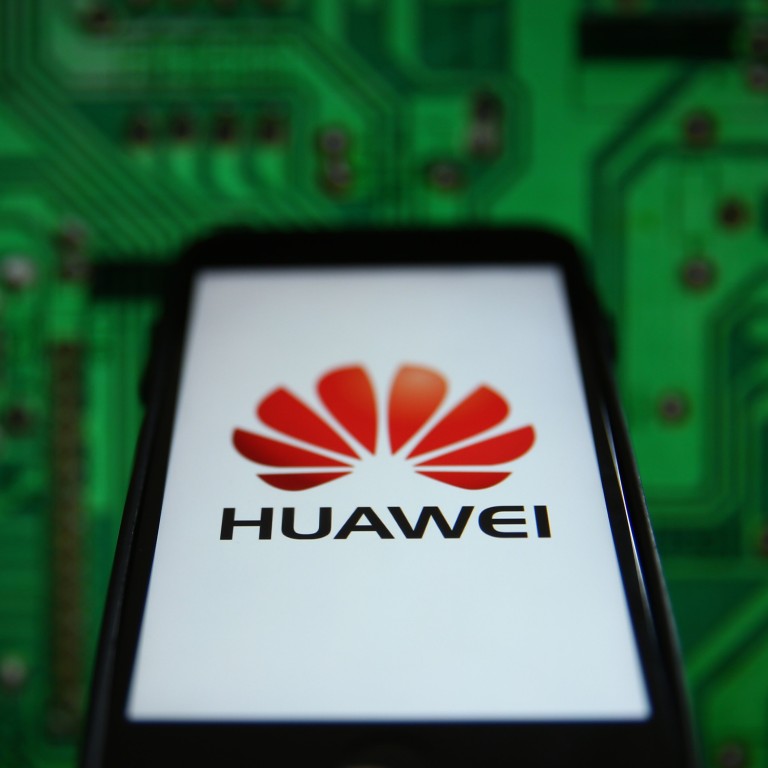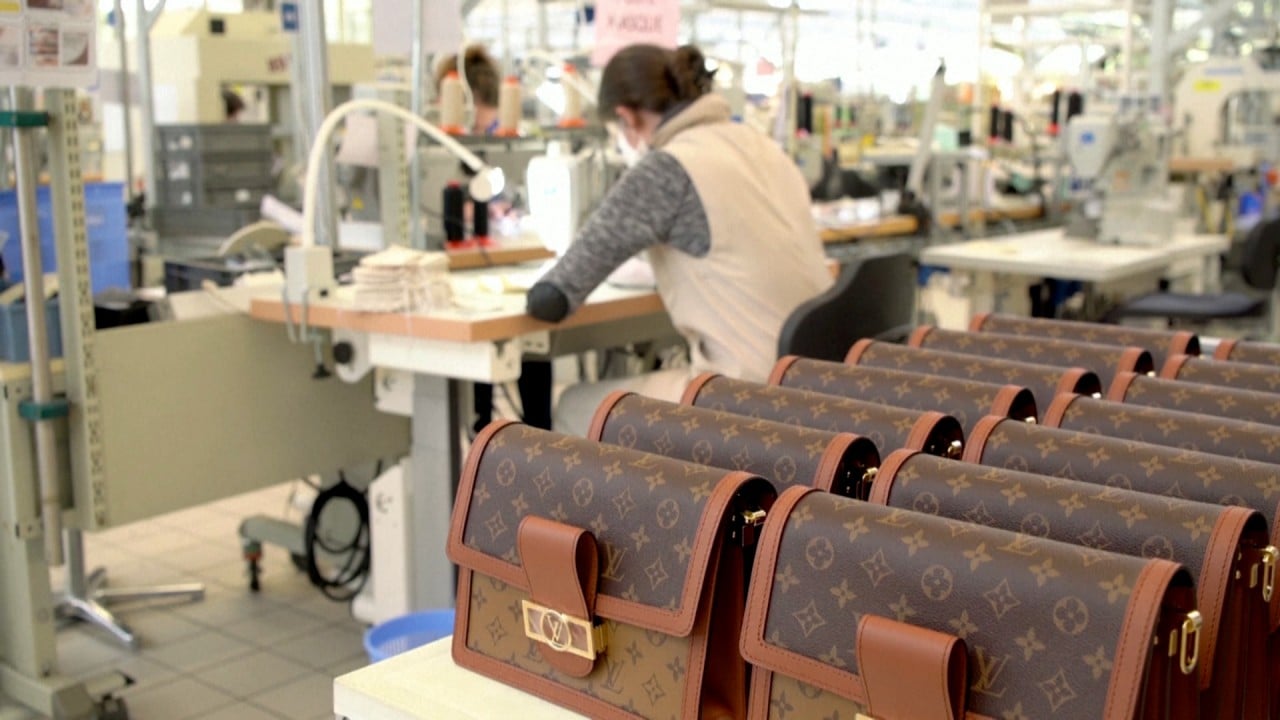
China’s role in global supply chains will change, but probably not overnight
- China’s PPE and tech industries are likely to be hardest hit by supply chain reconfiguration, given the West’s growing wariness of security risks. However, Beijing can slow the tide of manufacturing moving out
In contrast, foreign firms that want to tap into China’s vast domestic market are less likely to exit. Recent surveys by the American and European chambers of commerce show that a majority of respondents have no intention of leaving China despite the ongoing trade war and the Covid-19 economic shock.
With the third group of businesses drawn to China’s comprehensive production ecosystem, the picture is less clear. On the one hand, the reasons to stay remain as strong as ever, with China’s infrastructure, logistic networks and supply of educated workers significantly superior to those of its emerging-market peers.
On the other hand, these merits now need to be weighed against higher tariffs, potential sanctions, technology restrictions and heightened political pressure, which are all part of the business environment – the new normal – that multinational corporations must adapt to.
Post-Covid-19, globalisation and supply chains will be changed forever
Some supply chain relocation is inevitable, but it won’t be an either-or decision in most cases. The practical decision lies somewhere between exiting China completely and maintaining the status quo; and the actual change will be more nuanced and sector-specific.
Here are three predictions: First, the personal protective equipment, or PPE, industry is likely to see some dramatic changes to its global supply chains. The Covid-19 pandemic has exposed the vulnerability of countries that outsourced the manufacturing of PPE to foreign suppliers, compromising security for efficiency.

01:20
Louis Vuitton retrofits French workshops for mask production amid coronavirus pandemic
Second, the technology industry is also susceptible to change as the global tech war rages. Electronics manufacturing accounts for more than half of Asia’s value-added and China is at the centre of this production ecosystem. China’s potential losses in this area could be substantially larger than those in the PPE industry.
Why Covid-19 won’t weaken China’s role in global supply chain
As global manufacturing is increasingly fused with technology, such tech fragmentation could speed up the deglobalisation process, undermining not just the economic prospects of China, but the world at large.
The final prediction concerns timing – that, in the absence of strong political pressure, the reconfiguration of supply chains could be slow and gradual.
Corporate capital expenditure has fallen victim to the ongoing pandemic, which is hampering business confidence and investment appetites. With China now leading the world in resuming production, this is not the best time for multinationals to redirect supply chains away from a base where operational capacity is most secure and reliable.
As the largest beneficiary of globalisation, China could now bleed the most as the tide reverses. While some losses are inevitable, I think China has the means to manage the speed and scale of the tumult by accelerating much-needed reforms.
If done right, China can still maintain some influence over the supply chains that move out of the country by going from “Made in China” to “Made around China”. Stay tuned for my next piece on how this may be achieved.
Aidan Yao is Senior Emerging Asia Economist at AXA Investment Managers

